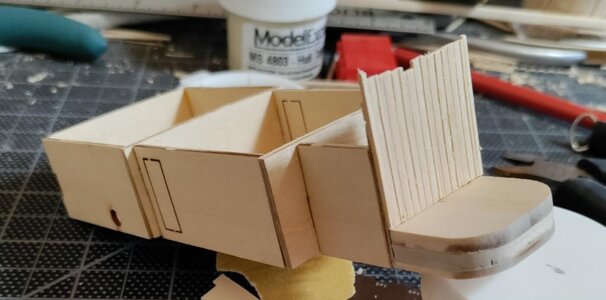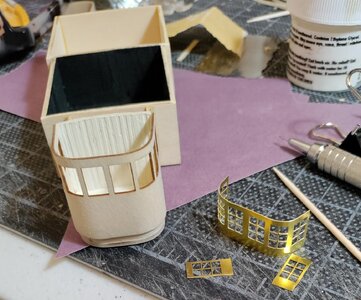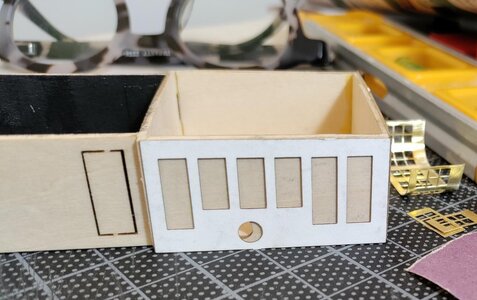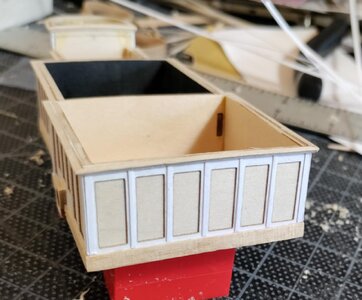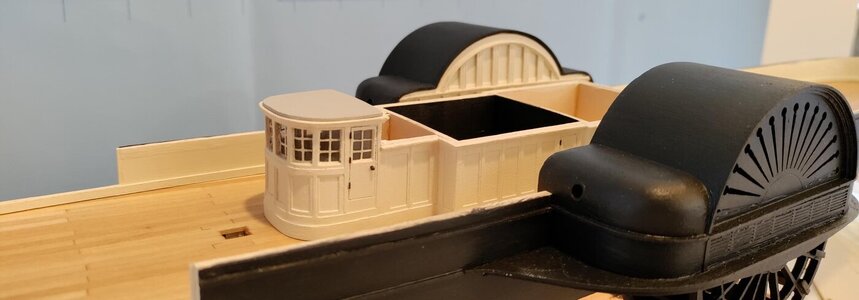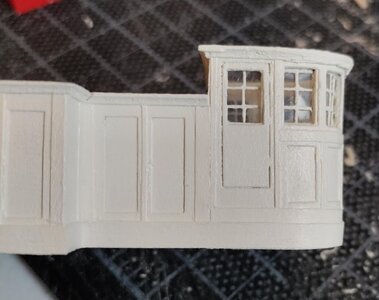- Joined
- May 25, 2020
- Messages
- 740
- Points
- 353

I am in the process of building the deck house structure which seems to be the engineering rooms and the pilot house forward. As to the pilot house, for some reason I have it in my head that a ship's pilot is in charge of guiding the ship and needs to be able to see where the ship is going. As you can see from the plans, from about the center of the pilot house windows (about 5.5 scale feet above the floor of the pilot house) the pilot cannot see forward at all. And since I've made the pilot's job even more difficult by raising the forward bulwarks by almost 2 scale feet, I'm raising the pilot house by 1.5 scale feet.
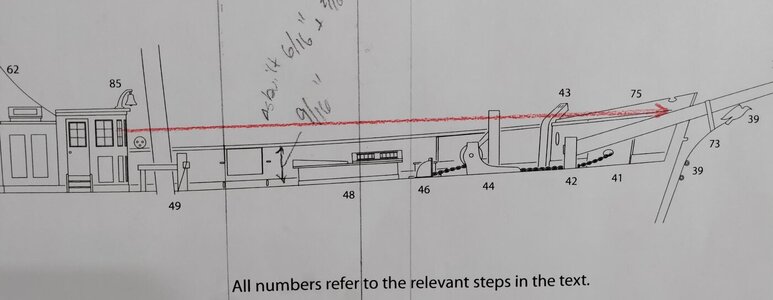



 I'm still going to elevate the pilot house because the deckhouse complex looks a little squatty to me. I'll post a picture soon.
I'm still going to elevate the pilot house because the deckhouse complex looks a little squatty to me. I'll post a picture soon.








